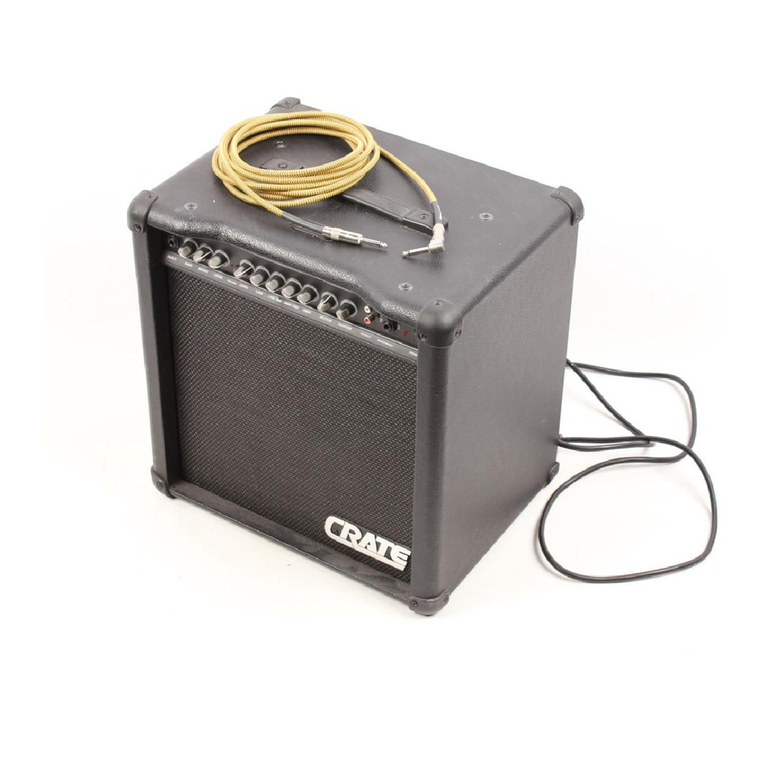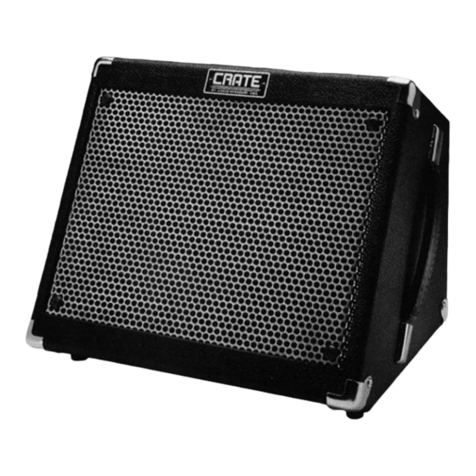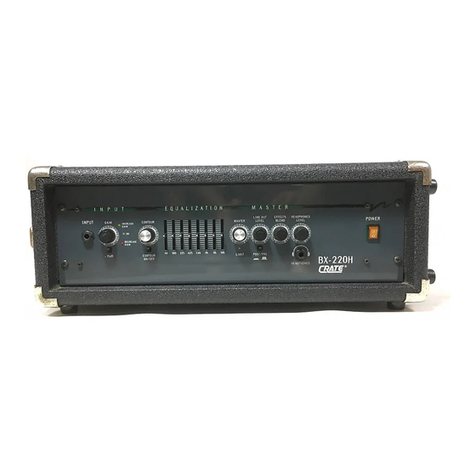Crate QuadraDrive GT-80DSP User manual
Other Crate Amplifier manuals
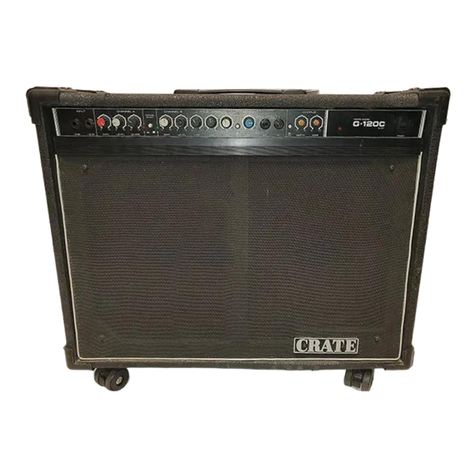
Crate
Crate G.120C User manual
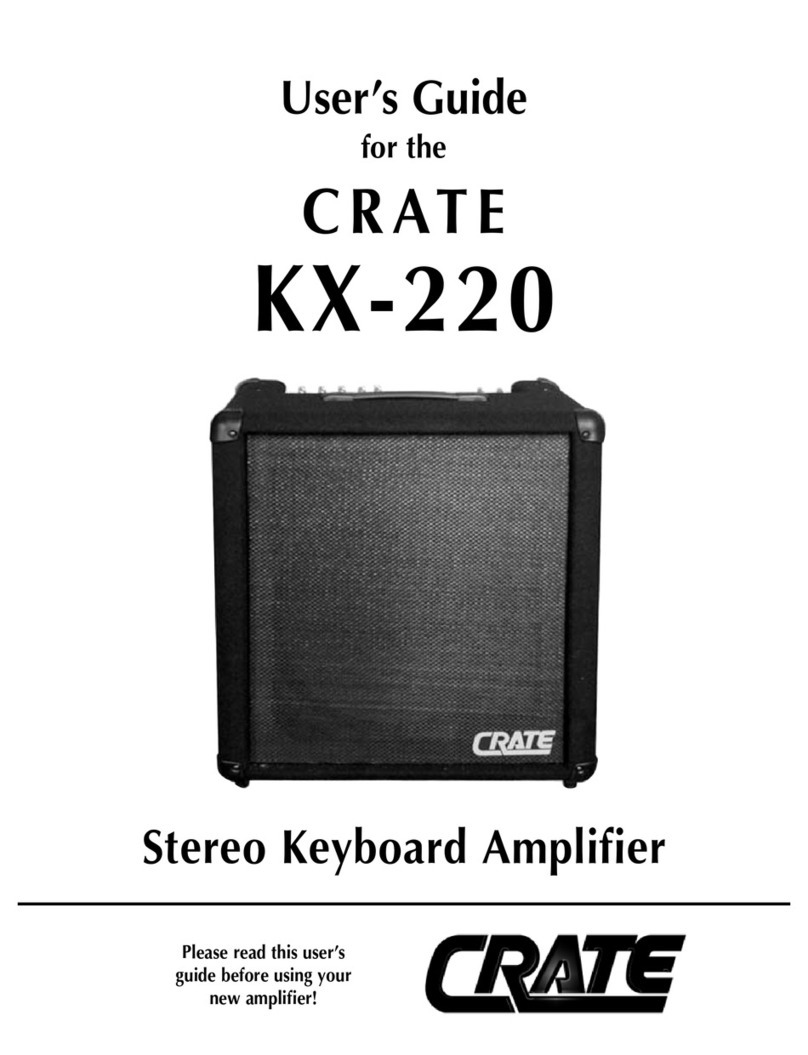
Crate
Crate KX-220 User manual
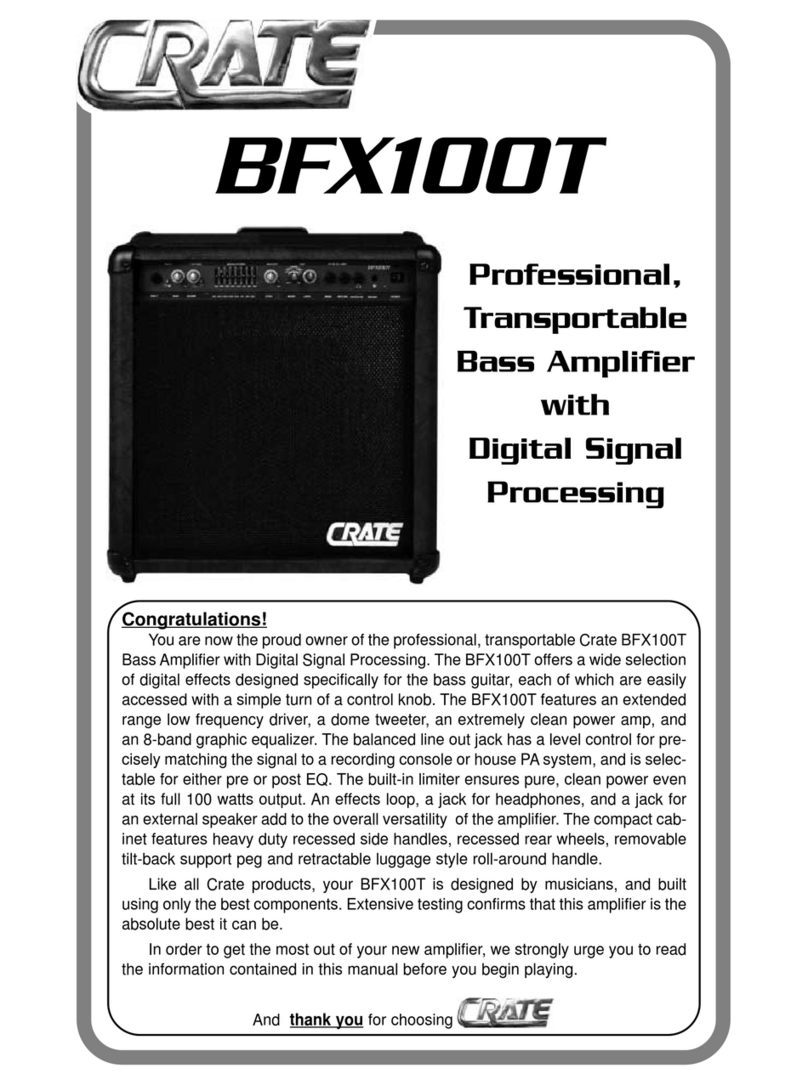
Crate
Crate BFX100T User manual
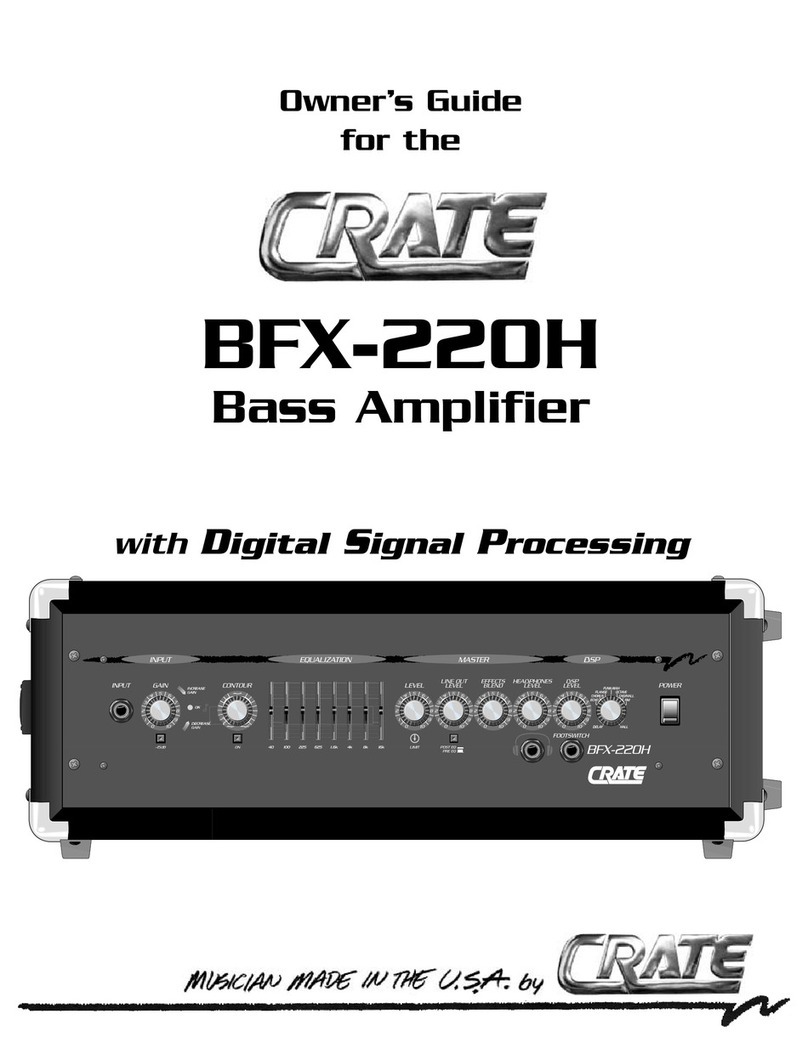
Crate
Crate BFX-220H User manual
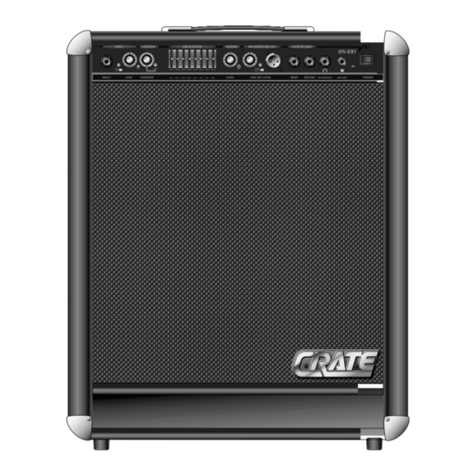
Crate
Crate BX-100 User manual
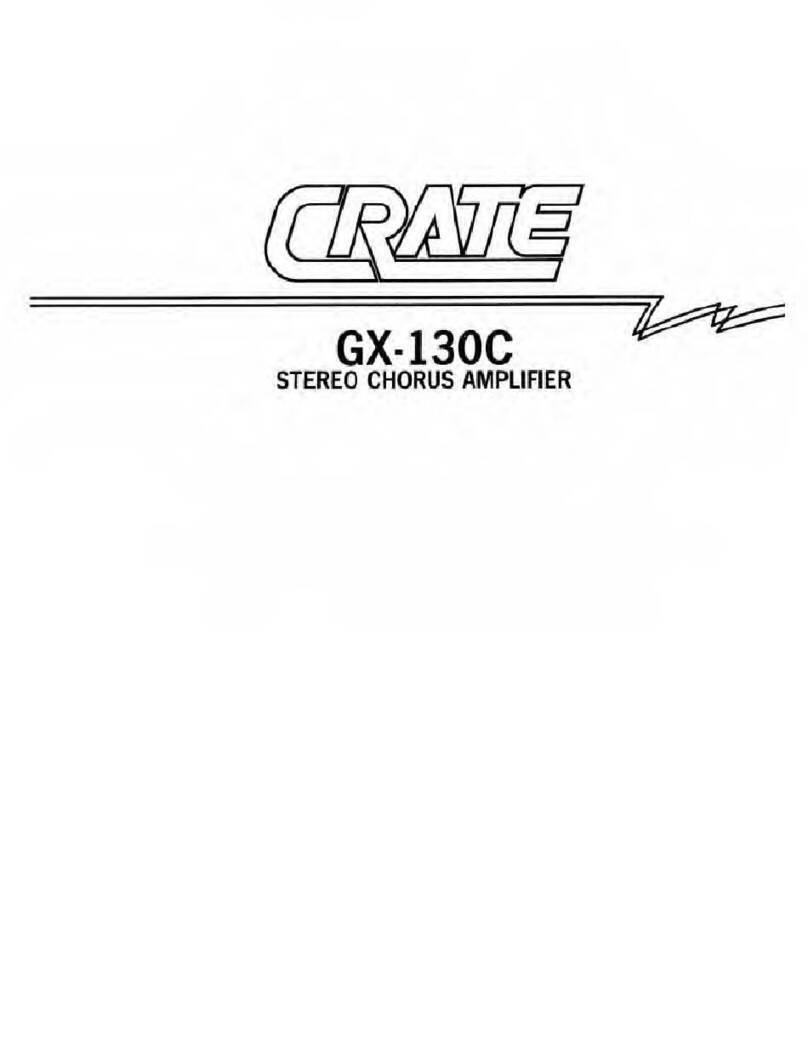
Crate
Crate GX-130C User manual
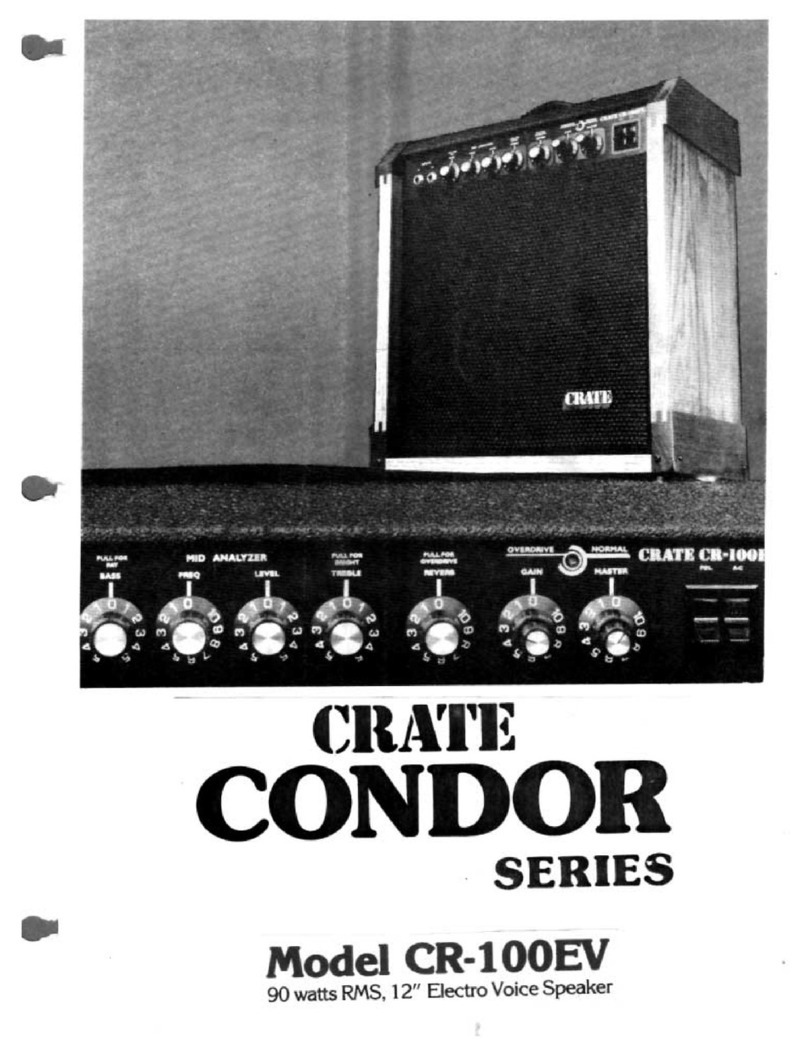
Crate
Crate Condor CR-100EV User manual

Crate
Crate KX-220 User manual
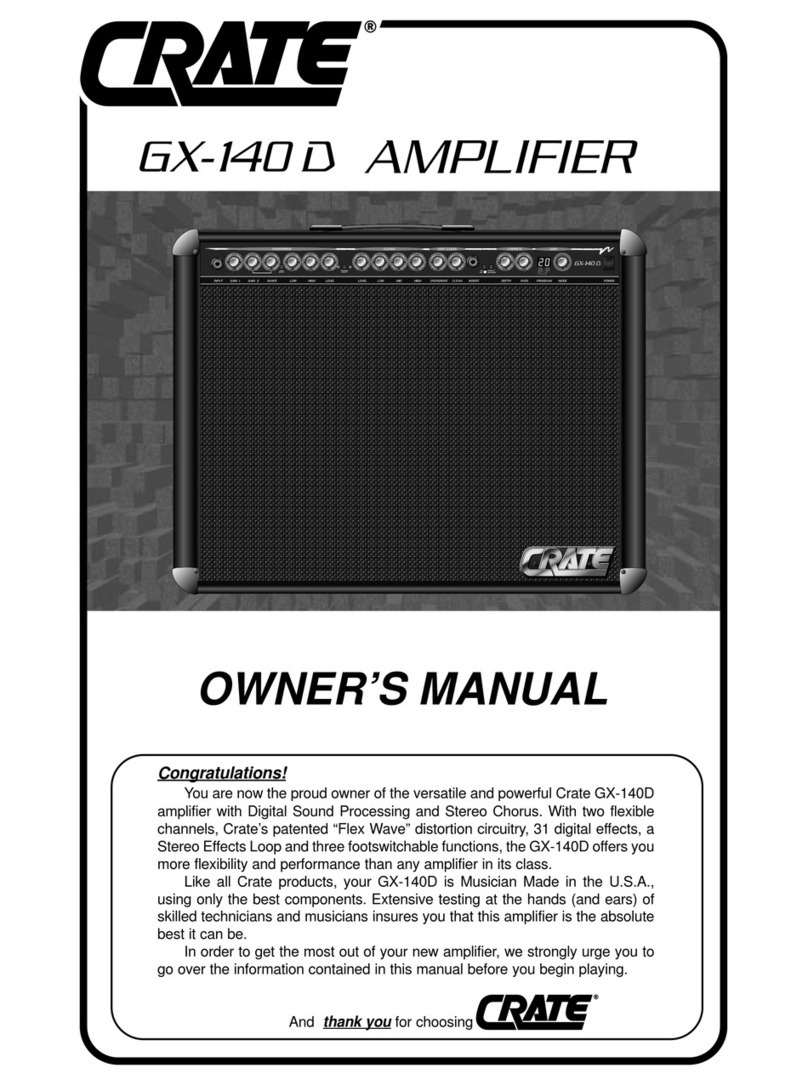
Crate
Crate GX-140D User manual
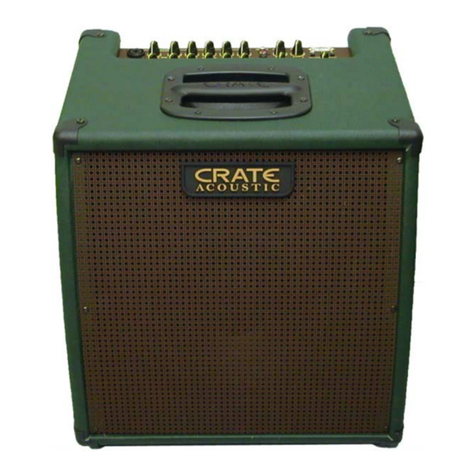
Crate
Crate CA6110D Quick start guide
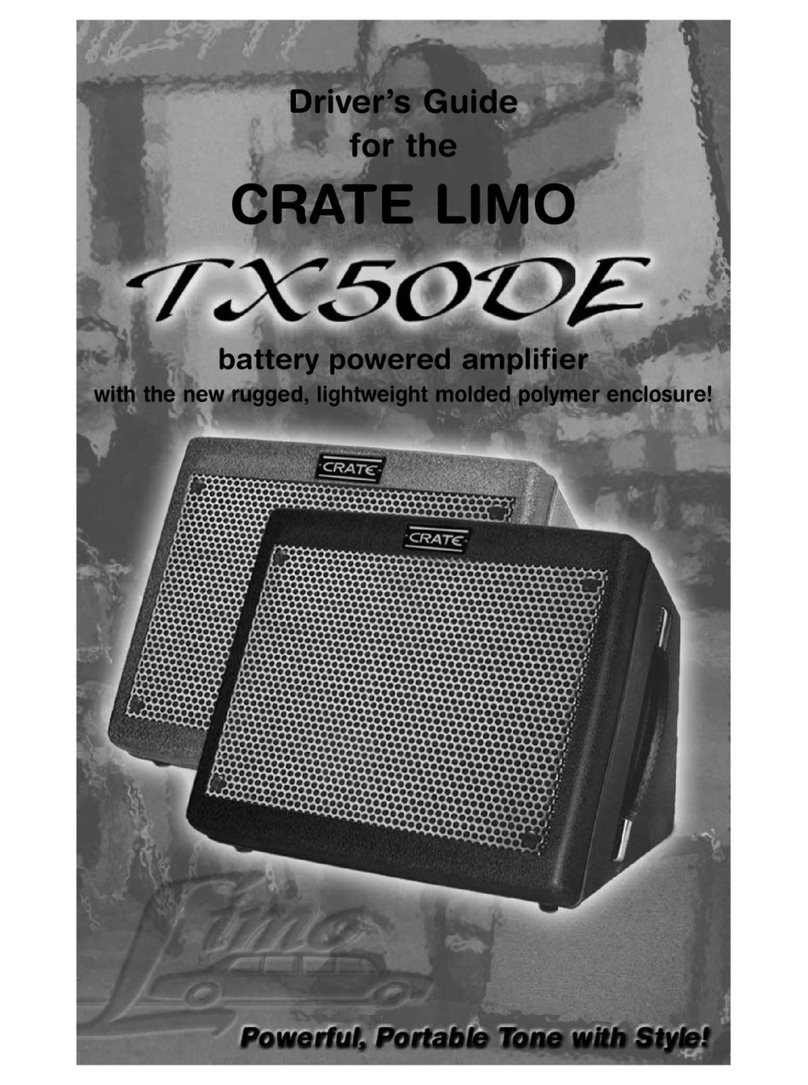
Crate
Crate LIMO TX50DE Installation and operation manual
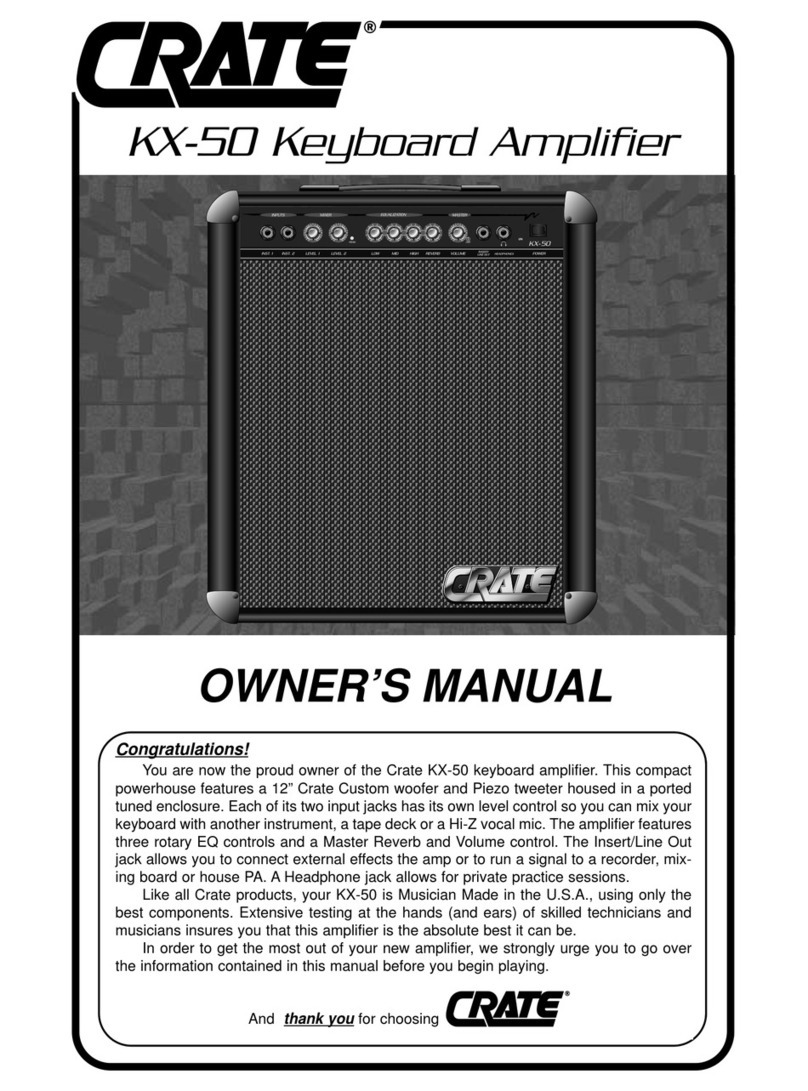
Crate
Crate KX-50 User manual
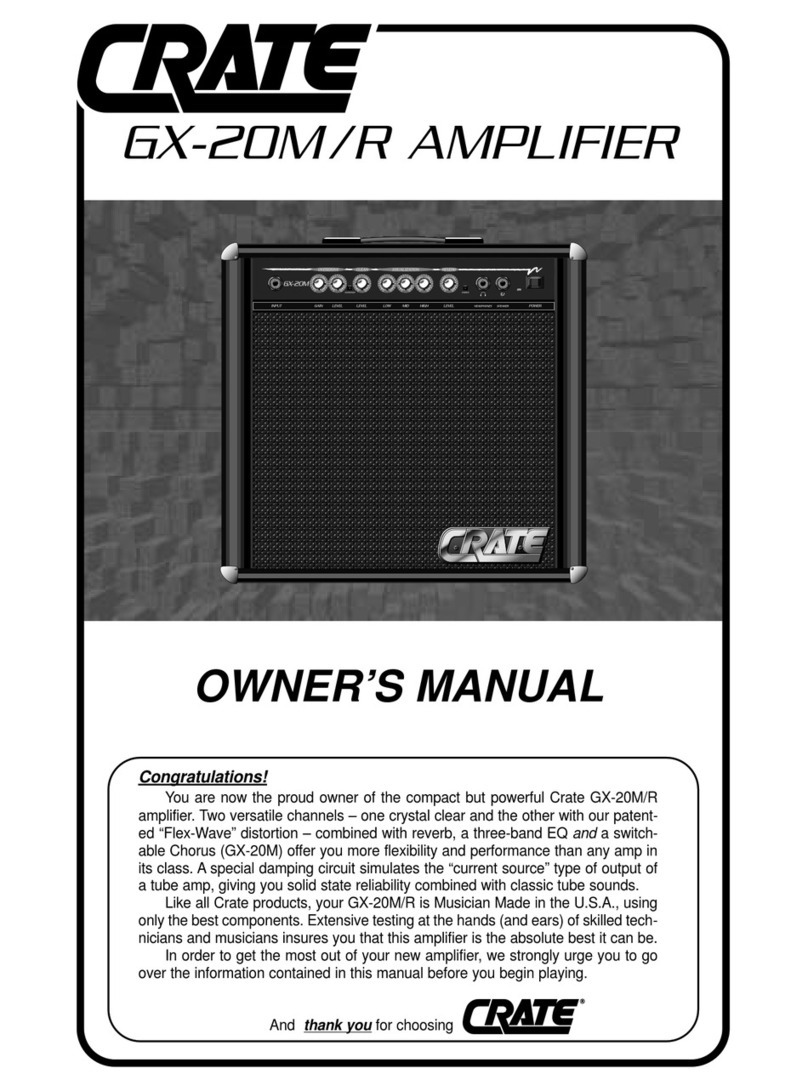
Crate
Crate GX-20M /R User manual

Crate
Crate Thunder Bass BX-220H User manual

Crate
Crate BX-100 User manual
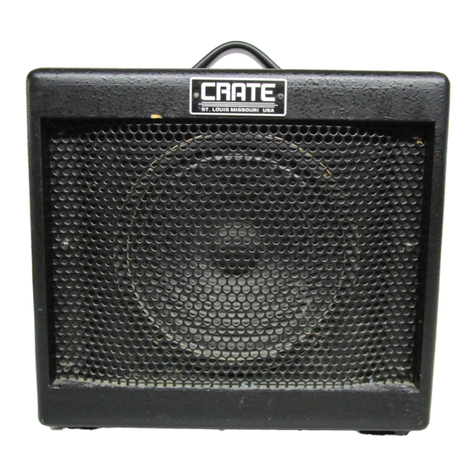
Crate
Crate VC-508 User manual
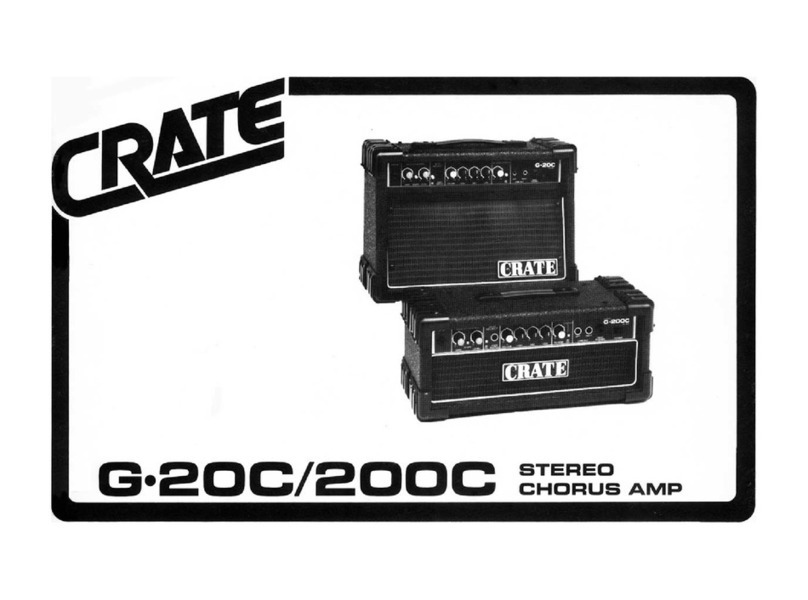
Crate
Crate G-200C User manual
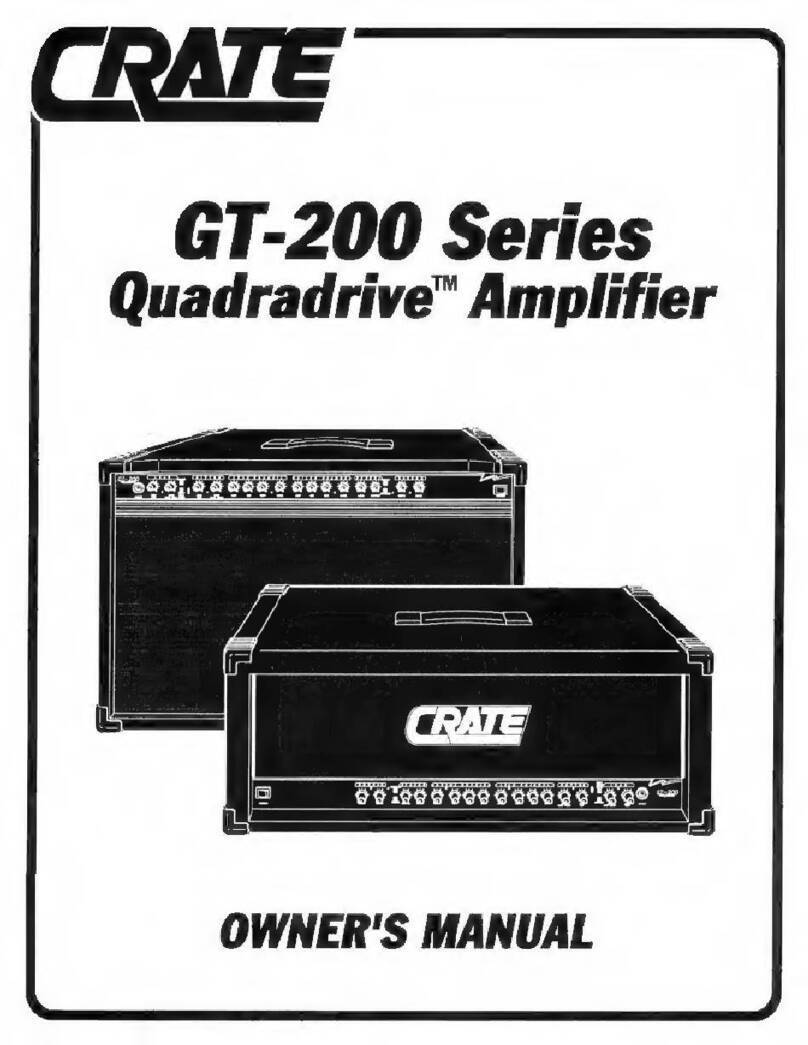
Crate
Crate Quadradrive GT-200 Series User manual
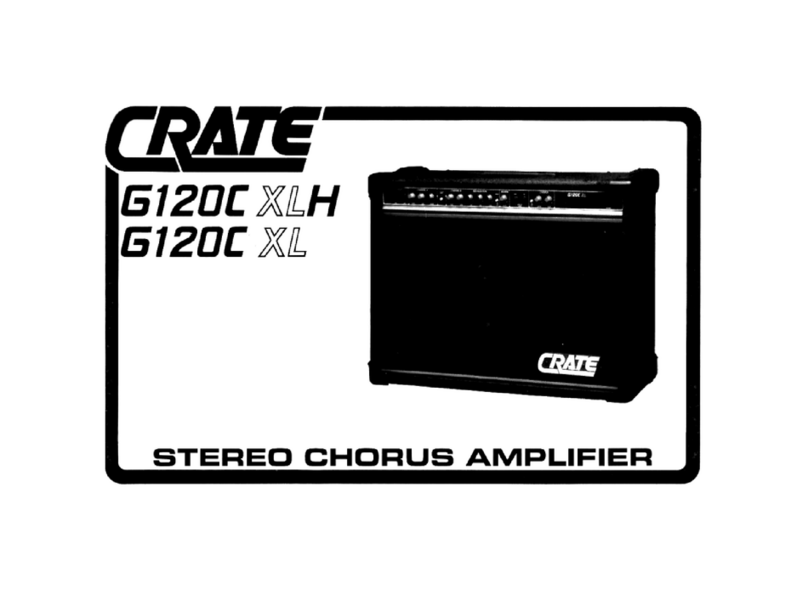
Crate
Crate G120CXL User manual
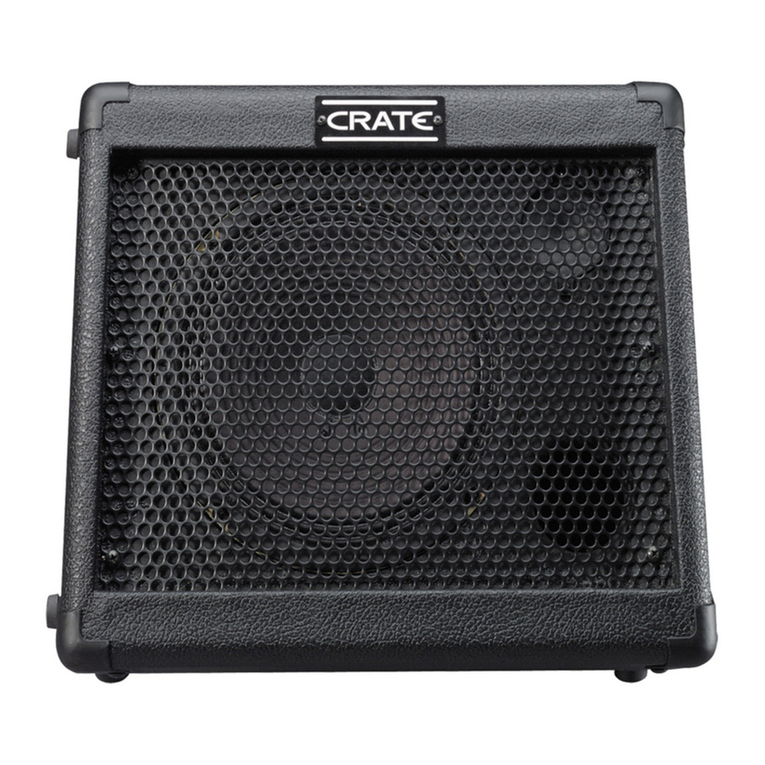
Crate
Crate TX15 User manual
